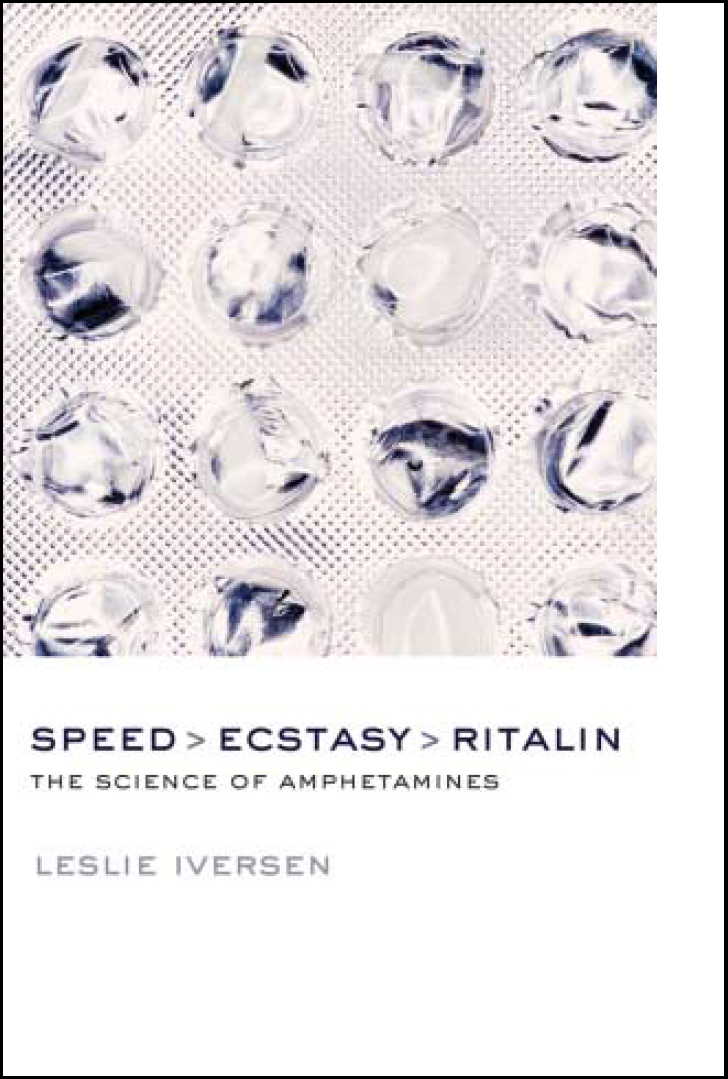
The 2005/06 British Crime Survey estimated that ecstasy and amphetamines were the third and fourth (after cannabis and cocaine) most widely used illicit drugs among 16- to 59-year-olds (by 1.6% and 1.3% respectively) in England and Wales. More worryingly, among 16- to 24-year-olds the corresponding figures increased to 4.3% and 3.3%. There are also fears of an emerging epidemic of illicit methamphetamine (crystal meth or ice) misuse in the UK, resulting in its recent reclassification from Class B to Class A under the Misuse of Drugs Act 2005. So, too, methylphenidate and dexamphetamine were recognised by the National Institute for Health and Clinical Excellence (2006) as appropriate treatment options for attention-deficit hyperactivity disorder (ADHD) in children and adolescents. Amphetamine dependence, as part of polysubstance dependence, its many psychiatric complications (depression, anxiety, psychosis, etc.) and dual diagnosis are not uncommon presentations in psychiatric practice. It is in view of all of the above that this book is timely and relevant to clinicians, addiction scientists, drug policy makers and the public.
Leslie Iversen (a distinguished pharmacologist) presents an overview of the ‘positive and negative aspects of amphetamines (speed, ecstasy and Ritalin)’ from a scientist's perspective.
This book is set out in nine chapters. They include an excellent overview of the chemistry of amphetamines and their effects on humans; an account of the history and rationale of their use over the past century for conditions such as narcolepsy, depression, obesity and ADHD; a short chapter on their use in the military and misuse in sport; a social history of amphetamine misuse in the USA and UK, and a detailed account of the methamphetamine epidemic in the USA and South East Asia. Topics covered in the second half of the book include the relevance of amphetamine psychosis to understanding schizophrenia, evidence for the behavioural and neurological toxicity of amphetamines, mainly from animal studies, a summary of their chemistry, history, dangerousness, therapeutic use in post-traumatic stress disorder, and concluding with a look to the future.
The chapters vary in their relevance and appeal to different (although by no means mutually exclusive) professions, with some being more for clinicians, others for basic scientists and a couple primarily for drug policy makers. The book is easy to read and understand, it answers all the key questions it sets out to address, it is interspersed with interesting first-person accounts from amphetamine users, and it takes an international perspective. My only criticism is that it lacks a clinical feel, even on topics such as amphetamine dependence, amphetamine psychosis and the use of methylphenidate in ADHD – perhaps my clinician's bias. All in all, this book provides a very good account of the use and misuse of amphetamines from a scientist's perspective.





eLetters
No eLetters have been published for this article.